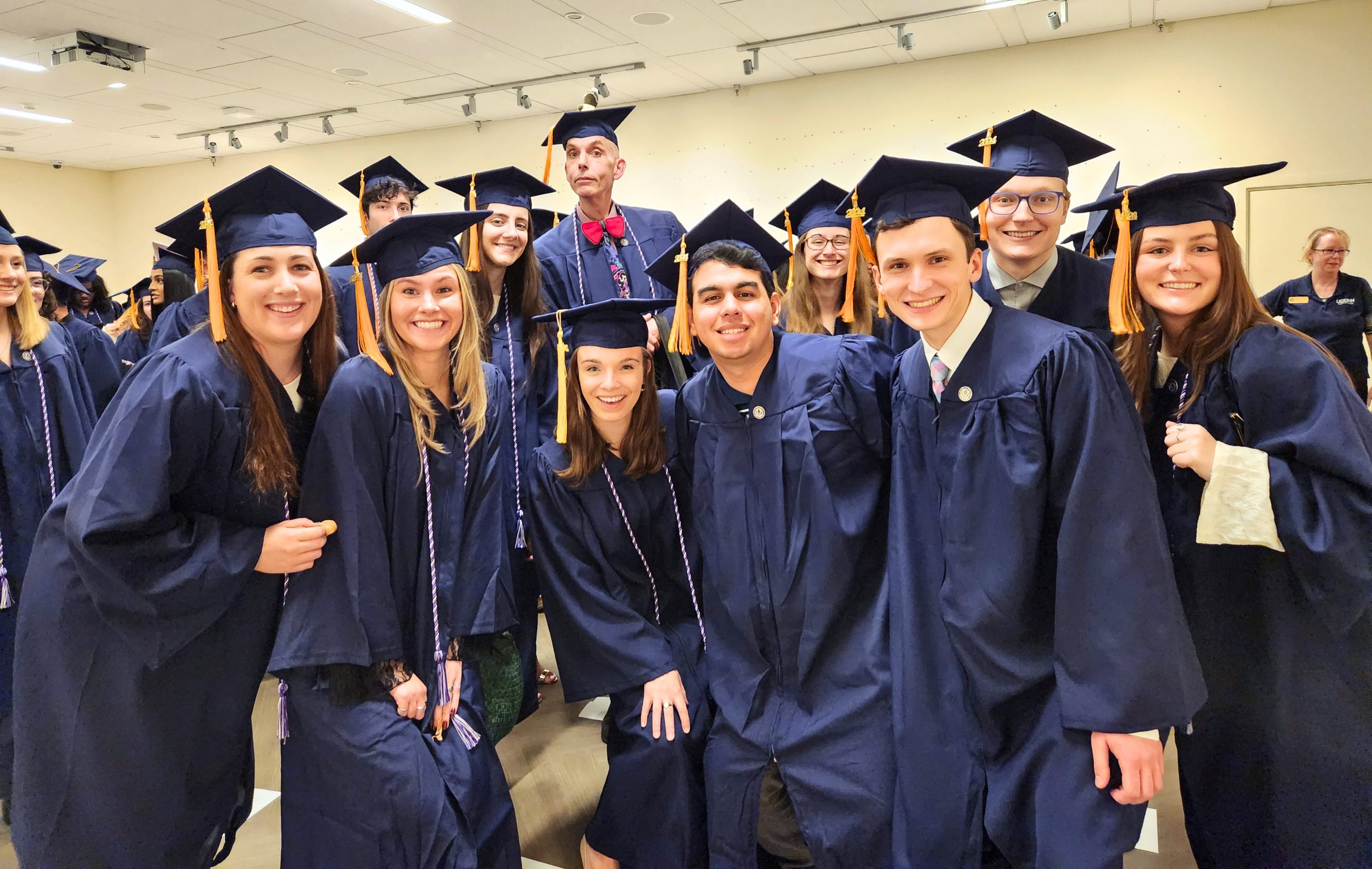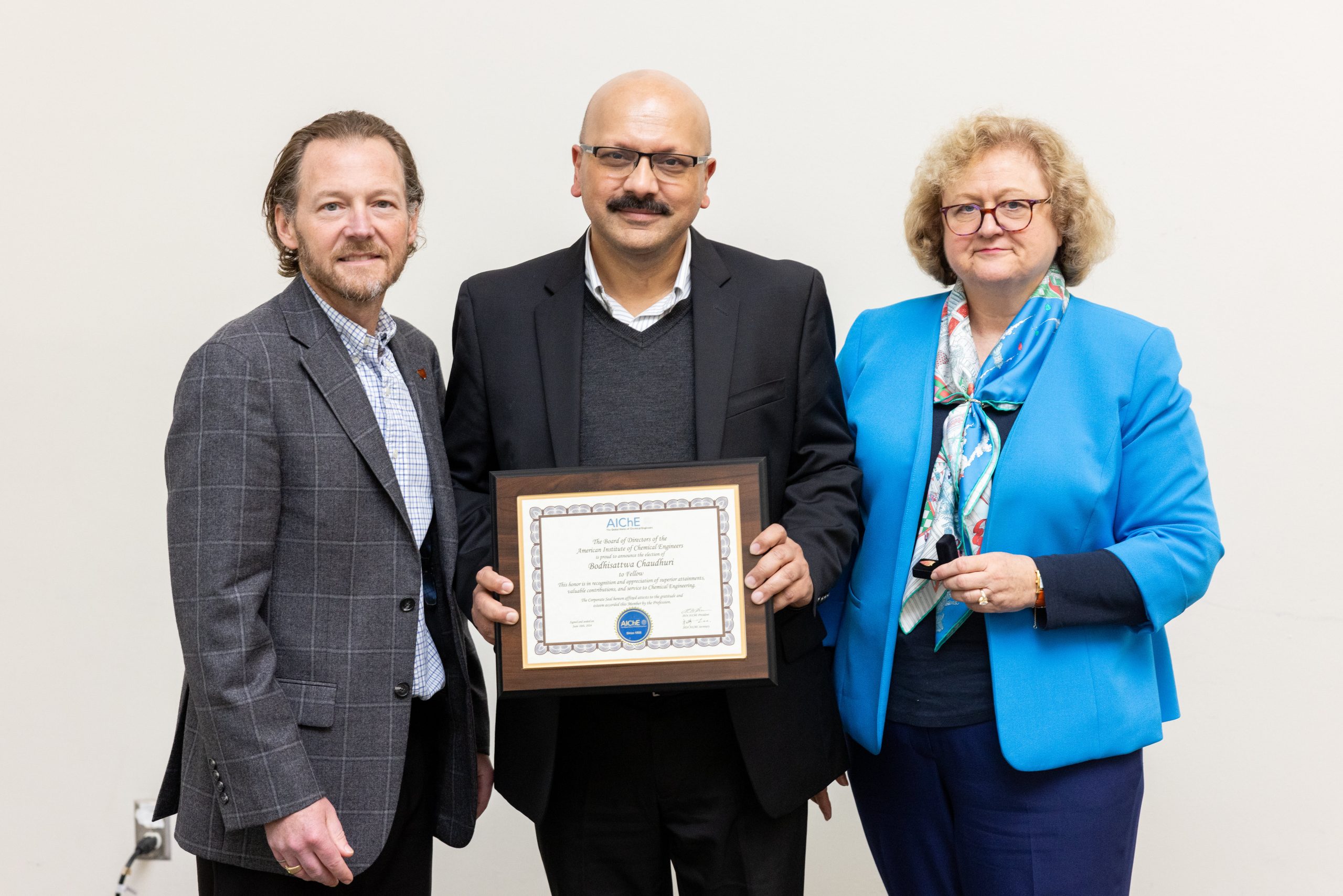When Annie Clark ’20 (CLAS) was in kindergarten, she met a new friend at summer camp. The little boy taught her a new way to say “lollipop.” She thought it was “the coolest thing ever,” she recalls, and immediately wanted to know how he said “play.”
Now a senior at UConn, Clark says she now knows that in that little boy’s language, the words for “lollipop” and “ice cream” are the same – the only difference is facial expression and context.
Clark hopes to be one of the first students to declare UConn’s new major in American Sign Language. The program makes UConn the first and only college or university in Connecticut to offer a four-year bachelor’s degree in ASL. Students can begin declaring the ASL major on May 1.
“When they announced that the ASL major had been approved, and something I could really show my interest in by declaring a major, I got really excited,” she says.
The language, which originated around 1817 at Hartford’s American School for the Deaf (ASD), is now used by up to a half-million people worldwide.
The major is made up of courses in language, literature, linguistics and culture. All the ASL language courses are taught by Deaf faculty in the Department of Linguistics, including Joan Hanna, Doreen Simons, and Sherry Powell.
Board of Trustees Distinguished Professor of Linguistics Diane Lillo-Martin teaches linguistics courses in the major, and serves as a liaison between the ASL faculty and the Linguistics faculty. She has seen the ASL program grow from a few courses to a minor in ASL, along with about 10 sections of Elementary American Sign Language I every fall.
“A typical ASL class is not like any other class,” says Clark, currently a speech, language, and hearing sciences major with a sign language interpreting minor who serves as an undergraduate instructional assistant in introductory ASL I classes.
“Everyone sits in a circle so you can see each other and make eye contact. Voices are not allowed, and that immersion environment really teaches you to communicate with signs a lot faster.”
Assistant Professor in Residence of Linguistics Linda Pelletier led the program faculty in the development of the new major.
Pelletier, who is a CODA, an acronym in the Deaf community for “child of Deaf adults,” teaches interpreting classes, an optional component of the major.
She says the major sets students up with many of the cultural tools they’ll need for a career in speech pathology, social work, and education. Within the major, a concentration in interpreting offers introductory courses for students who wish to continue their education and training to become certified as interpreters.
Cultural events, such as the ASL Club’s annual Deaf Awareness Day, also bring Deaf community members from across the state to UConn, says Pelletier.
“The students put on a performance in ASL, so it’s not just an event for the Deaf community, but a chance for the students to interact and learn more about Deaf culture,” notes Pelletier.
Doreen Simons, lecturer in linguistics and ASL who represents the fifth generation of Deaf people in her family, says that ASL is gaining greater visibility.
“Attitudes and perceptions of people who are Deaf is changing for the better,” she says through an interpreter. “That wasn’t my experience growing up as a young child, as a Deaf individual. It wasn’t always as well-accepted or understood.”
UConn’s proximity to and relationship with the ASD create an unparalleled learning environment for students of ASL, says Clark. With the UConn ASL club, Clark and other students volunteer at the ASD, which enrolls students ages 3 to 21. They help with after-school programs, give informal tutoring, and have even chaperoned the school’s homecoming dance.
“Because of all the components of Deaf culture that you can’t really get from a classroom, if you want to truly become fluent with the language, you need to be involved with the Deaf community,” notes Clark.
“You need to meet other Deaf people and socialize, and see their signs. So it just makes sense to have this major here – our department, all the incredible UConn professors, and having the ASD right here.”
Simons says that in the last decade, interest in learning ASL has grown substantially.
“There’s greater interest in learning ASL now,” Simons notes. “That motivation has certainly grown significantly. It’s taken on a more positive perspective than years ago.”
Clark plans to go to graduate school for speech pathology and would like to work with children who are nonverbal – either Deaf children who use sign language to communicate, or kids with autism or other disorders who are nonverbal because of their disorder and may benefit from the use of sign language – like the little boy she met in kindergarten, who had a stroke that made him nonverbal. She is still friends with him today, and she uses her ASL on a regular basis with other friends around campus.
“I’ve made so many wonderful connections with everyone else who’s involved with ASL here,” she says. “All our professors encourage you to make mistakes and raise your hand when you don’t understand. The students are encouraging in the same way – you see someone who knows sign language as you’re walking around outside, and you sign to each other, sometimes from across the room: How are you?”
Learn more about UConn’s new ASL major at the American Sign Language Studies website.


